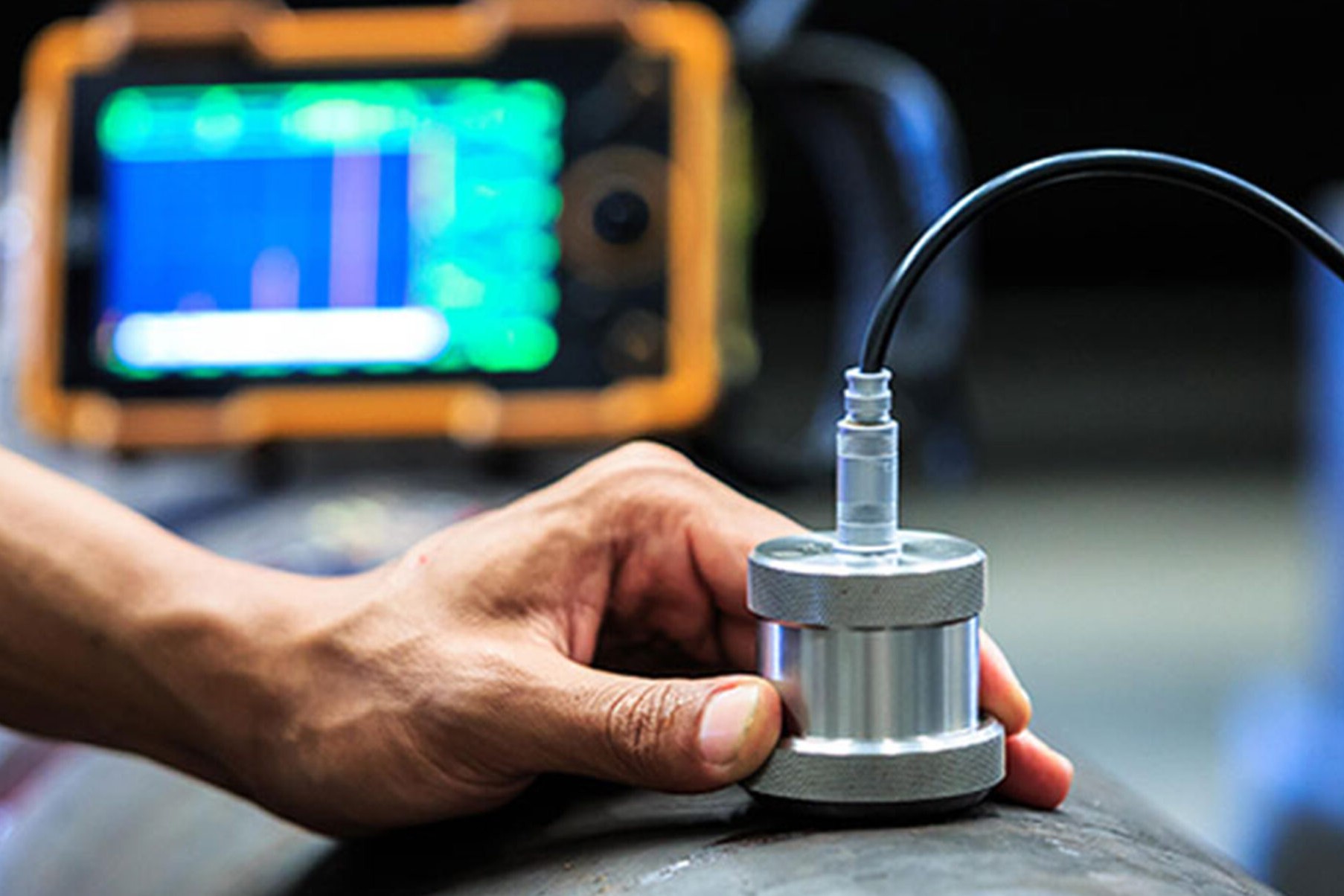
Non-destructive testing (NDT) is a crucial process used in various industries to evaluate the properties of a material, component, or system without causing damage. But what exactly makes NDT so important? NDT methods help detect flaws, ensure safety, and maintain the integrity of structures and machinery. From aerospace to construction, these techniques play a vital role in preventing failures and accidents. Common NDT methods include ultrasonic testing, radiographic testing, and magnetic particle testing. Each method has its unique advantages and applications. Want to know more? Here are 28 fascinating facts about non-destructive testing that highlight its significance and versatility.
What is Non-Destructive Testing?
Non-destructive testing (NDT) is a way to inspect materials without causing damage. It’s used in many industries to ensure safety and quality. Here are some fascinating facts about NDT.
- NDT methods can detect flaws in materials without altering them.
- Common industries using NDT include aerospace, automotive, and construction.
- NDT helps prevent accidents by identifying potential failures before they happen.
Types of Non-Destructive Testing
There are several methods of NDT, each with unique applications and benefits. Let's explore some of the most common types.
- Ultrasonic Testing (UT) uses high-frequency sound waves to detect internal flaws.
- Radiographic Testing (RT) employs X-rays or gamma rays to view the internal structure of objects.
- Magnetic Particle Testing (MPT) detects surface and near-surface defects in ferromagnetic materials.
- Liquid Penetrant Testing (LPT) reveals surface-breaking defects by using a dye or fluorescent liquid.
- Eddy Current Testing (ECT) uses electromagnetic induction to detect flaws in conductive materials.
- Visual Inspection (VI) is the simplest form of NDT, relying on the human eye to find defects.
Benefits of Non-Destructive Testing
NDT offers numerous advantages, making it a preferred choice for many industries. Here are some key benefits.
- NDT is cost-effective because it prevents the need for costly repairs or replacements.
- It ensures safety by detecting potential hazards before they cause harm.
- NDT is non-invasive, meaning the tested materials remain intact and usable.
- It provides quick results, allowing for timely decision-making.
- NDT can be applied to a wide range of materials, including metals, ceramics, and composites.
History of Non-Destructive Testing
NDT has a rich history, evolving over time to become the sophisticated field it is today. Here are some historical highlights.
- The concept of NDT dates back to ancient times when blacksmiths used visual inspection to check for flaws in their work.
- The first recorded use of X-rays for material inspection was in 1895 by Wilhelm Conrad Roentgen.
- Ultrasonic testing was developed during World War II to detect flaws in military equipment.
- The American Society for Nondestructive Testing (ASNT) was founded in 1941 to advance the field of NDT.
Applications of Non-Destructive Testing
NDT is used in a variety of applications, each critical to ensuring the integrity and safety of materials and structures.
- In the aerospace industry, NDT inspects aircraft components to ensure they meet safety standards.
- The automotive industry uses NDT to check for defects in car parts, improving vehicle safety and performance.
- Construction companies rely on NDT to inspect buildings, bridges, and other structures for potential weaknesses.
- NDT is essential in the oil and gas industry for inspecting pipelines and storage tanks to prevent leaks and spills.
- Power plants use NDT to inspect critical components, ensuring the safe operation of nuclear and fossil fuel facilities.
Future of Non-Destructive Testing
The field of NDT continues to evolve, with new technologies and methods emerging to improve its effectiveness and efficiency.
- Advances in digital technology are leading to more accurate and detailed NDT results.
- Automation and robotics are being integrated into NDT processes, increasing speed and reducing human error.
- Artificial intelligence (AI) is being used to analyze NDT data, providing deeper insights and predictive maintenance capabilities.
- Portable NDT devices are becoming more common, allowing for on-site inspections in remote or hard-to-reach locations.
- The development of new materials and manufacturing techniques is driving the need for innovative NDT methods to ensure quality and safety.
The Final Word on Non-Destructive Testing
Non-destructive testing (NDT) is a game-changer in many industries. It ensures safety, quality, and reliability without damaging the materials being tested. From ultrasonic testing to radiography, each method has its unique strengths. NDT helps detect flaws early, saving time and money. It's crucial for maintaining the integrity of structures like bridges, aircraft, and pipelines. As technology advances, NDT methods become even more precise and efficient. This field is constantly evolving, offering new ways to keep our world safer. Whether you're in construction, aerospace, or manufacturing, understanding NDT can give you a significant edge. So, next time you see a bridge or board a plane, remember the unseen heroes—NDT techniques—that ensure everything is in top shape. Keep learning, stay curious, and appreciate the science that keeps us safe.
Was this page helpful?
Our commitment to delivering trustworthy and engaging content is at the heart of what we do. Each fact on our site is contributed by real users like you, bringing a wealth of diverse insights and information. To ensure the highest standards of accuracy and reliability, our dedicated editors meticulously review each submission. This process guarantees that the facts we share are not only fascinating but also credible. Trust in our commitment to quality and authenticity as you explore and learn with us.
